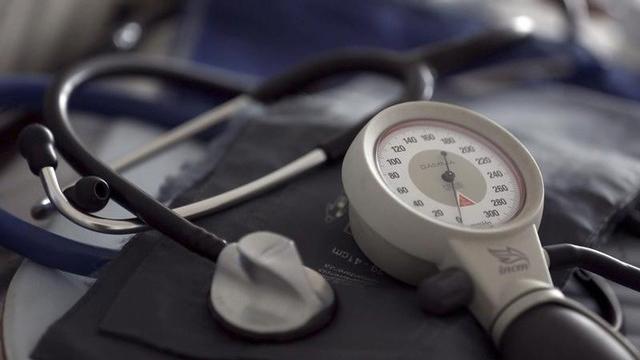Medicare beneficiaries with higher incomes to foot bigger share of costs
Starting next year, seniors with high incomes will be expected to pay a bigger percentage of their Medicare bills.
Individuals with incomes in excess of $500,000 or couples with incomes exceeding $750,000 will be on the hook for 85% of the program’s parts B and D costs, up from the current rate of 80%. Medicare Part B is medical insurance, while Part D is prescription drug coverage.
The average Medicare recipient pays about 25% of the cost of his or her Medicare bills.
The change was included as part of Congress’ two-year budget deal, signed into law earlier this month.
Meanwhile, high-earning Medicare recipients have already seen the costs of coverage begin to rise.
On Jan. 1, Part B monthly premiums increased for individual seniors making $133,500 to $160,000, or $267,000 to $320,000 for married couples, by a whopping 60% to $348.30, thanks to rising surcharges. Individuals earning more than $160,000, or married couples earning more than $320,000, will pay more than $10,000 annually in Part B premiums beginning this year. A larger swath of people were moved into this top bracket at the outset of the year.
In fiscal year 2017, the Centers for Medicare & Medicaid Services (CMS) estimated that federal spending on the program would total more than $709 billion, with 58 million individuals receiving insurance.
The part of the program that covers hospital expenses is expected to be fully funded through 2029, at which point it is estimated it will begin to pay out more than it received in funding.




















